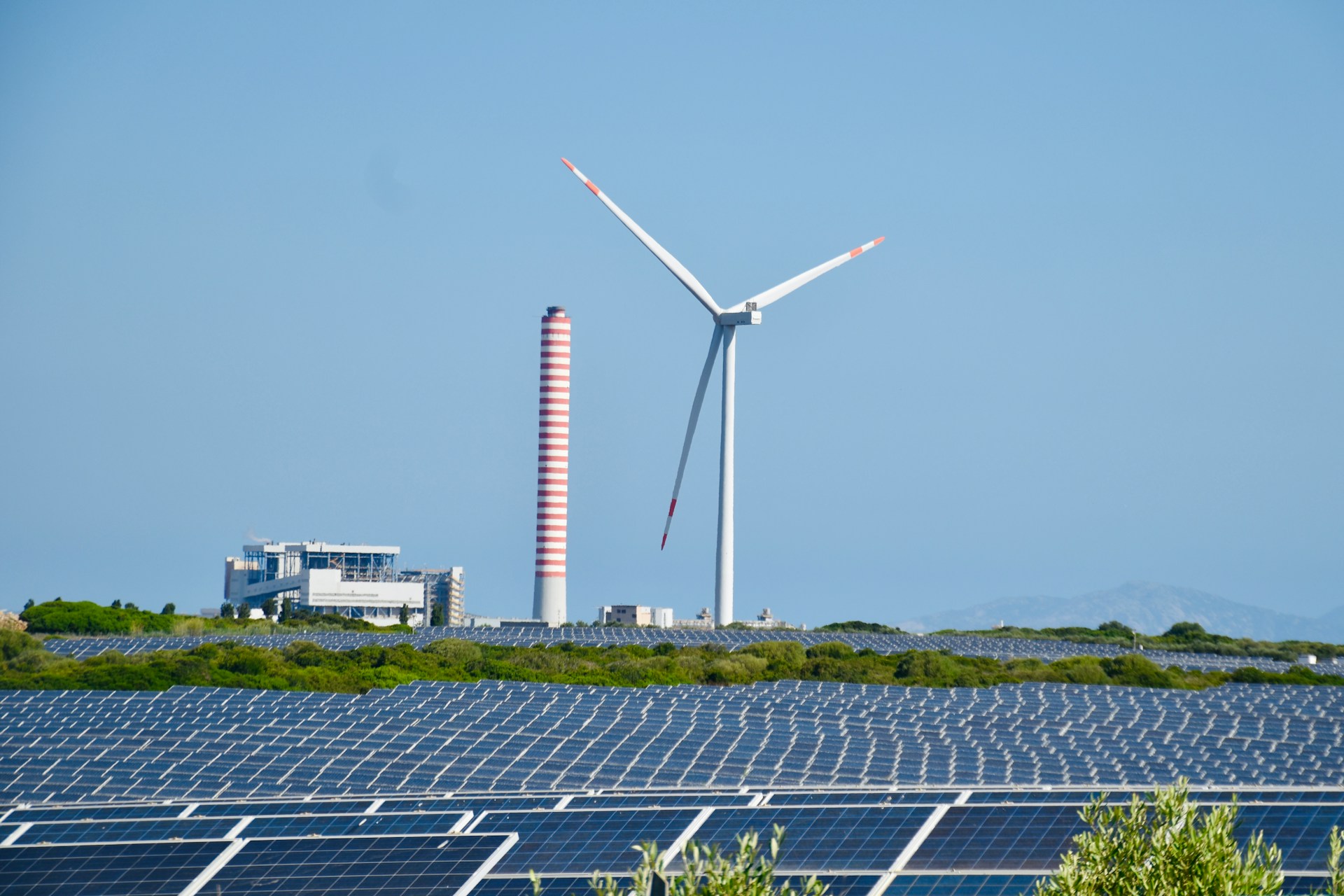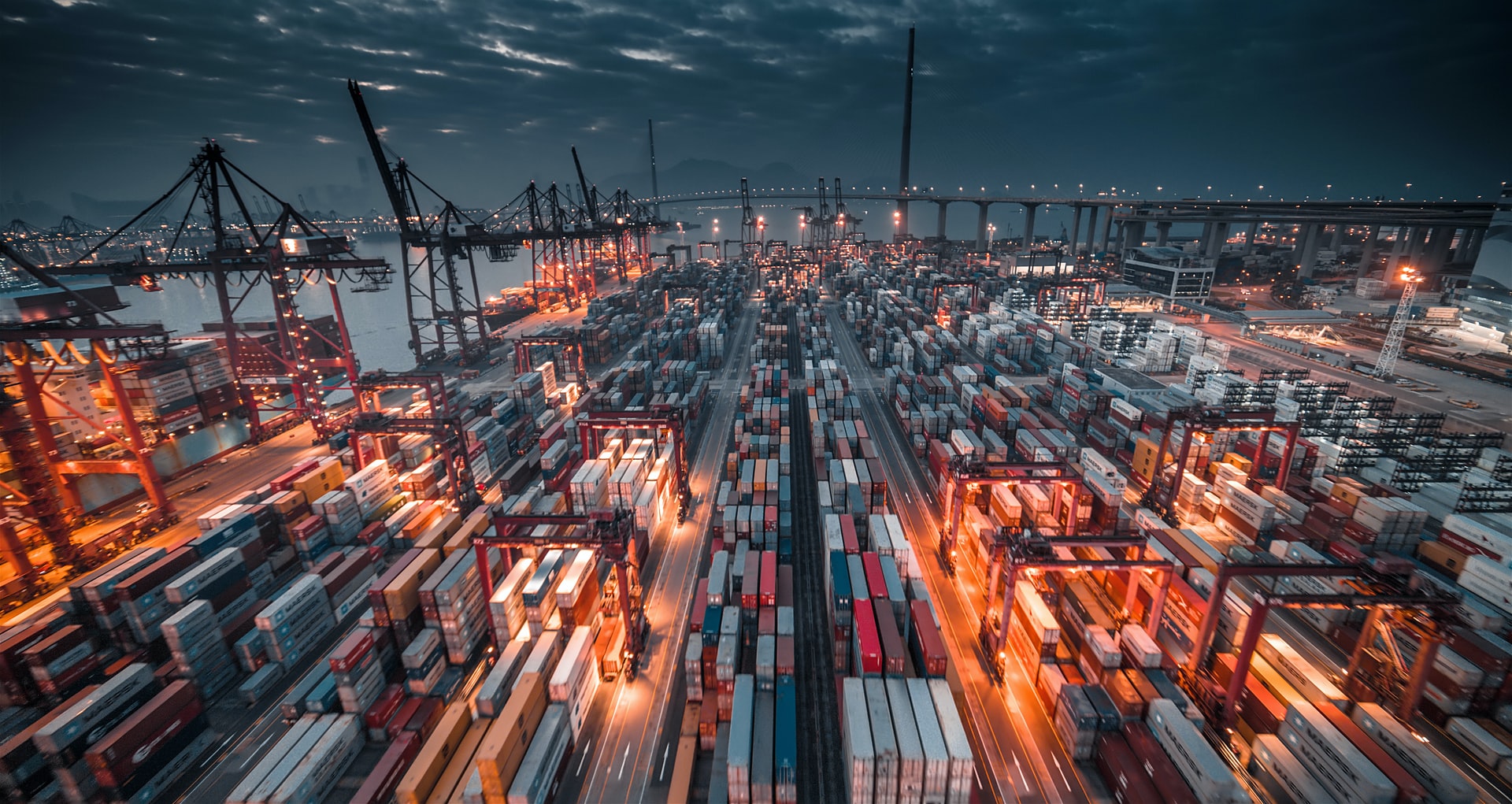Publicizing Climate Change Transition’s Successes
Climate change is real and it’s happening at an unprecedented speed that has baffled scientists around the world. Global surface air temperatures exceeded 1.5°C above pre-industrial levels in September 2024. And global temperatures are likely to continue to rise for this century and beyond.
This is further complicated by the rising incidence of heat-trapping greenhouse gas (GHG) emissions. In Q1 2024, global GHG emissions reached 13,300 million metric tons of CO2 equivalent. This number has increased y-o-y since Q1 2010.
This has led to widespread effects on the environment: shrinking glaciers, increased sea levels, and more intense heat waves. These shifts have also increased the frequency and intensity of droughts, wildfires, and extreme rainfall.
Between August 2023 and July 2024, a total of 52 prolonged drought events were recorded, with major, long-lasting droughts affecting regions in South America, central and eastern Asia, central Africa, and North America. These persistent droughts are causing ripple effects on food supplies, energy and transportation, underscoring an urgent need for adaptation strategies and financial support.
Meanwhile, Southeast Asia saw a series of destructive typhoons in 2024, with forecasts suggesting further challenges due to higher-than-normal rainfall expected in late 2024. The emerging La Niña phenomenon is pushing warm water towards the western Pacific Ocean, bringing increased rainfall to the region. This could further disrupt agriculture, tourism and industrial activities, hampering recovery efforts in hard-hit countries like Vietnam and Thailand, which are already experiencing severe economic setbacks from recent storms.
The Intergovernmental Panel on Climate Change cautions countries to take action now, before it’s too late: “The scientific evidence is unequivocal: climate change is a threat to human wellbeing and the health of the planet. Any further delay in concerted global action will miss the brief, rapidly closing the window to secure a liveable future.”
Is it too late to halt climate change? Human activity has been attributed to the intensification of extreme weather events globally. More than 400 peer-reviewed scientific studies present mounting evidence that “human activity is raising the risk of some types of extreme weather, especially those linked to heat.”
The Power of Positivity in Climate Messaging
Yet, beneath the surface of despair, there are real, impactful successes in the global climate transition. These stories deserve to be told, for they prove that change is possible and that nations, businesses, and communities are working towards a more sustainable future. Publicizing victories, whether small or monumental, fosters confidence, inspires further action, and reinforces the belief that a sustainable transition is achievable.
While developed nations have led in early renewable adoption, populous developing countries like India and China are crucial to the global transition because of their size and rapidly growing energy demands. China ranks as the biggest emitter, while India is the third largest, globally. Countries in developing Asia now make up about half of global emissions, up from around two-fifths in 2015. However, they are making strides toward sustainability that hold promise for global climate goals.
India, the world’s third-largest energy consuming country, is already the fourth largest in terms of renewable energy installed capacity. As of Sept 2024, more than 210 GW of non-fossil fuel capacity has been installed – increasing by 396% over the last 8.5 years. By 2030, India has an ambitious target of installing 500 GW of non-fossil fuel-based energy. India’s leadership in renewable energy is a testament to its potential to drive change.
China plays a vital role in global climate efforts. While its fossil fuel consumption remains high, the country also leads the world in renewable energy investments and infrastructure. China has pledged to peak its emissions by 2030 and achieve carbon neutrality by 2060. Although these targets may seem distant, China’s progress over the past decade inspires optimism.
With more than 80% of the world’s solar manufacturing capacity, China produced as much solar PV capacity in 2022 as the rest of the world combined and doubled new solar installations the following year. In 2023, China expanded its wind capacity by 66% and quadrupled additional energy storage. The impressive scale of China’s renewable output has driven down prices globally, significantly lowering the cost of renewable energy for developing nations.
In a world increasingly defined by extreme weather, climate migration and ecological collapse, the success stories of green transition offer hope. And with key players like India and China taking the necessary steps toward sustainability, there is genuine hope that the global energy transition is not only underway but is succeeding. The future will be built on this momentum, and it is in our collective interest to champion these advances, recognizing that success is already happening, one project, policy, and community at a time.
This topic will be discussed at the upcoming Horasis Asia Meeting, being held in UAE, between 18-19 November 2024. This year’s meeting focuses on Dubai as Asia’s new economic hub, connecting Asia to the Middle East, Europe and African regions.
Photo Caption: In a world increasingly defined by extreme weather, climate migration and ecological collapse, the success stories of green transition offer hope.



